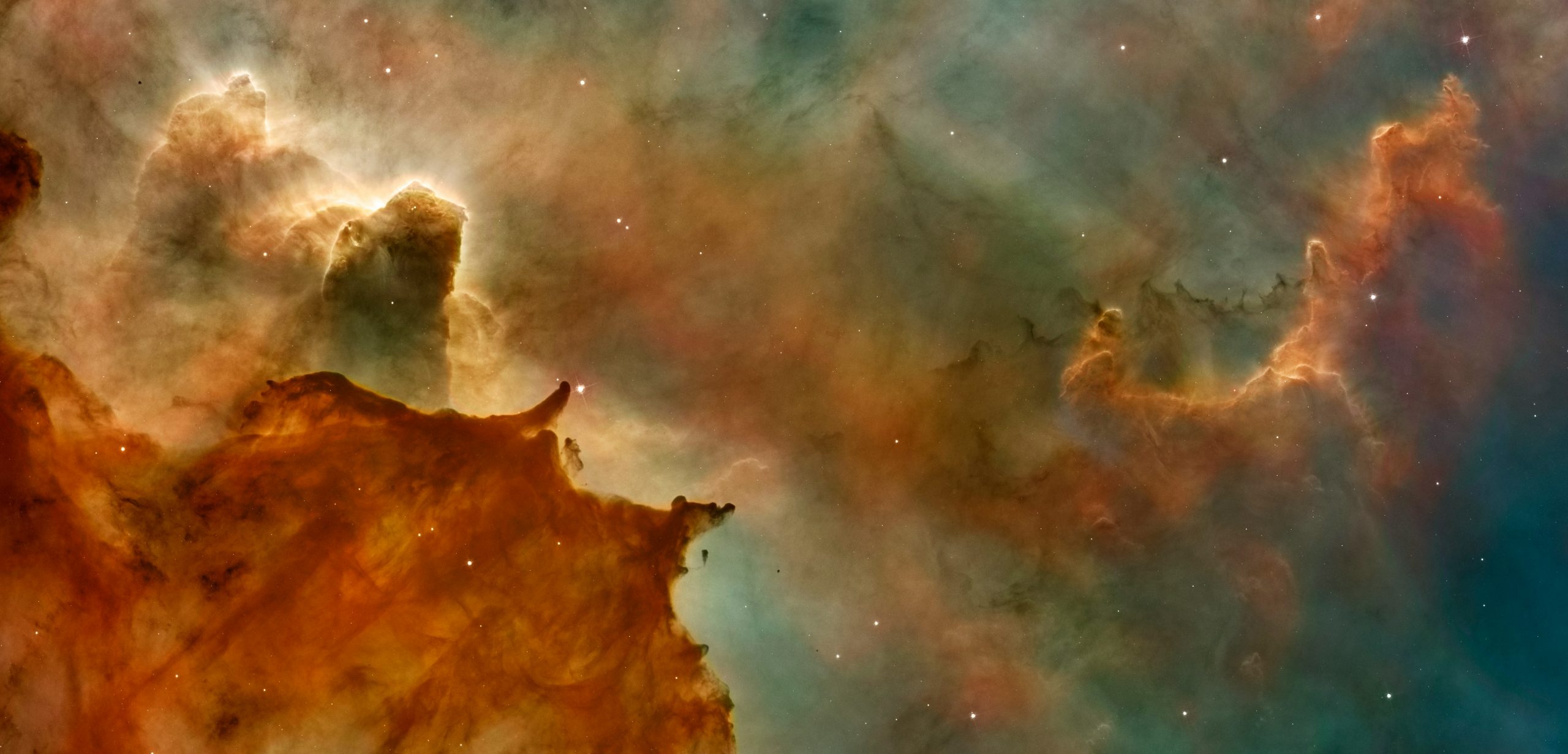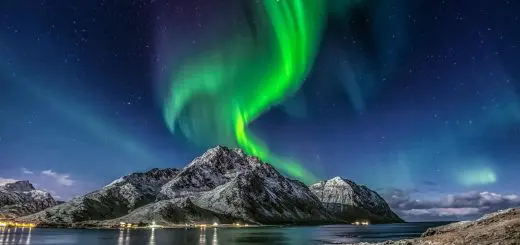Mesopotamian Gods: Ancient Wisdom and Myths

Looking for more amazing products? Check out our online store and explore our collection here! Happy shopping!
Before diving in, please note: This post is for informational purposes only. If you’d like to know more about how we approach topics, feel free to check out our friendly Disclaimer Page.
Hey there, amazing readers! 
We’re committed to delivering quality posts, and your support (even just sticking around despite the ads) means everything to us. So, bear with us, and thanks for helping us keep the good vibes rolling. Now, on to the fun stuff!
TRANSLATE BUTTON AT THE END OF THE ARTICLE
Introduction to Mesopotamian Gods
Mesopotamian gods were at the core of one of the oldest and most complex belief systems in ancient history.
The region of Mesopotamia, located between the Tigris and Euphrates rivers in present-day Iraq, was home to a diverse pantheon of deities worshipped by the Sumerians, Akkadians, Babylonians, and Assyrians.
These gods and goddesses played a significant role in the daily lives of the people, influencing everything from agriculture to war.
Understanding the myths, rituals, and symbols associated with Mesopotamian gods provides valuable insights into the beliefs and practices of this ancient civilization.
Historical Origins of Mesopotamian Deities
The origins of Mesopotamian deities can be traced back to the early Sumerians, who inhabited the region around 4500 BCE.
These ancient people believed in a complex hierarchy of gods and goddesses who controlled various aspects of the natural world.
Over time, as neighboring cultures such as the Akkadians and Babylonians interacted with the Sumerians, their own deities merged with the existing pantheon, leading to a rich tapestry of gods with overlapping domains and attributes.
This blending of beliefs and traditions resulted in a diverse and multifaceted system of worship that evolved over thousands of years.
Pantheon of Mesopotamian Gods
The pantheon of Mesopotamian gods was vast and intricate, with each deity governing a specific aspect of life or nature.
Some of the most prominent gods included Enlil, the god of wind and storms; Inanna, the goddess of love and war; and Marduk, the patron deity of Babylon.
Each god had a distinct personality and role to play in the cosmic order, often interacting with other gods in complex ways that mirrored the social and political dynamics of Mesopotamian society.
The interconnected relationships between the gods formed a web of divine influence that shaped every facet of life in the ancient world.
Role of Gods in Mesopotamian Society
The gods held a central place in Mesopotamian society, acting as mediators between humanity and the divine realm.
People believed that by honoring and appeasing the gods through rituals and offerings, they could secure protection, prosperity, and favor in their daily lives.
The gods were also seen as arbiters of justice, punishing wrongdoing and rewarding righteousness.
Temples dedicated to specific deities served as centers of worship and communal gathering, where priests and priestesses performed ceremonies to ensure the gods’ continued goodwill towards the people.
Symbols and Representations of Gods
Each Mesopotamian god had specific symbols and representations associated with them, which helped devotees identify and connect with the divine presence.
For example, the symbol of the winged sun disk was often used to represent the god Shamash, the solar deity of justice.
Inanna, the goddess of love and fertility, was often depicted with a lion, symbolizing her ferocity and power.
These symbols served as visual cues that reinforced the qualities and attributes of the gods, making their presence felt in the material world and reminding worshippers of their enduring influence.
Myths and Legends of Mesopotamian Deities
The myths and legends surrounding Mesopotamian deities were rich and diverse, reflecting the complex relationships between gods and humans in the ancient world.
Stories of creation, divine intervention, and heroic deeds were passed down through oral tradition and written texts, shaping the cultural identity of Mesopotamian civilization.
One of the most famous myths is the Epic of Gilgamesh, which follows the adventures of a legendary king as he seeks immortality and grapples with the mysteries of life and death.
These myths provided moral lessons, explanations for natural phenomena, and a sense of connection to the divine forces at work in the world.
Worship and Rituals in Ancient Mesopotamia
Worship in ancient Mesopotamia was a central aspect of daily life, with rituals and ceremonies conducted to honor and appease the gods.
Priests and priestesses played a crucial role in mediating between the human and divine realms, offering prayers, sacrifices, and libations to ensure the gods’ favor.
Festivals held in honor of specific deities included music, dancing, feasting, and processions, creating a sense of community and shared identity among worshippers.
The temple complexes dedicated to the gods were elaborate structures where rituals were performed, sacred objects were housed, and believers gathered to seek blessings and guidance.
Influence of Mesopotamian Gods on Other Cultures
The influence of Mesopotamian gods extended far beyond the borders of ancient Mesopotamia, shaping the beliefs and practices of neighboring cultures and civilizations.
As trade routes crisscrossed the region, ideas and religious traditions spread to distant lands, influencing the development of new mythologies and pantheons.
The Babylonian creation myth, for example, shares striking similarities with the biblical story of Genesis, suggesting a shared cultural heritage and exchange of ideas between Mesopotamia and the ancient Hebrews.
The legacy of Mesopotamian gods can be seen in the religious iconography and symbolism of later civilizations, demonstrating the enduring impact of this ancient belief system.
Temples and Shrines Dedicated to Mesopotamian Gods
Temples and shrines dedicated to Mesopotamian gods were elaborate structures that served as sacred spaces for worship, contemplation, and community gatherings.
The ziggurats, massive stepped pyramids built in honor of specific deities, were among the most iconic architectural achievements of ancient Mesopotamia.
These towering structures symbolized the link between heaven and earth, providing a physical manifestation of the gods’ presence among mortals.
Inside the temples, priests conducted rituals and ceremonies, cared for sacred objects, and communicated with the gods on behalf of the people.
The temples were also centers of learning, where scribes and scholars preserved the myths, rituals, and wisdom of the gods for future generations.
Decline of Mesopotamian Religion
The decline of Mesopotamian religion can be attributed to a combination of political upheaval, foreign conquest, and social change that swept through the region in the first millennium BCE.
The rise of the Persian Empire, followed by the conquest of Alexander the Great, brought new religious ideas and practices that supplanted the traditional beliefs of Mesopotamia.
The destruction of temple complexes, suppression of local cults, and imposition of foreign gods contributed to the gradual erosion of the old religious order.
By the time of the Roman conquest of the Near East, Mesopotamian religion had largely faded into obscurity, surviving only in fragments and echoes in the beliefs of later civilizations.
Modern Interpretations of Mesopotamian Gods
In modern times, scholars and enthusiasts continue to study and interpret the myths and symbolism of Mesopotamian gods, seeking to uncover the hidden meanings and relevance of these ancient beliefs in today’s world.
The rich tapestry of stories, rituals, and symbols associated with the gods offers valuable insights into the human experience, exploring themes of creation, destruction, power, and redemption that resonate across cultures and time periods.
By delving into the myths and legends of Mesopotamian deities, contemporary audiences can gain a deeper appreciation for the complexities of ancient belief systems and the enduring legacy of these gods in shaping human history.
Legacy of Mesopotamian Deities in Today’s Society
The legacy of Mesopotamian deities can be seen in various aspects of modern society, from literature and art to religious practices and cultural traditions.
The myths and symbols associated with Mesopotamian gods continue to inspire artists, writers, and filmmakers, who draw upon these ancient stories to create new works of art and literature that resonate with contemporary audiences.
The themes of power, divinity, and the struggle between gods and mortals explored in Mesopotamian myths have enduring relevance in today’s world, reflecting universal truths about the human condition and our eternal quest for meaning and purpose.
By honoring the legacy of Mesopotamian deities, we pay tribute to the wisdom and creativity of our ancient ancestors, whose myths and beliefs continue to enrich and inspire us today.
Conclusion
In conclusion, the gods of ancient Mesopotamia were not merely abstract concepts but living, breathing entities that shaped the beliefs, rituals, and practices of a vibrant and complex civilization.
Through their myths, symbols, and temples, these deities provided guidance, protection, and meaning to the people of Mesopotamia, fostering a sense of community and shared identity that transcended the boundaries of time and space.
While the decline of Mesopotamian religion may have dimmed the once-bright flame of these ancient gods, their legacy lives on in the myths, symbols, and stories that continue to captivate and inspire us today.
By exploring the world of Mesopotamian gods, we unlock a treasure trove of wisdom, beauty, and insight that enriches our understanding of the past and illuminates the path towards a more enlightened future.

The Enlightenment Journey is a remarkable collection of writings authored by a distinguished group of experts in the fields of spirituality, new age, and esoteric knowledge.
This anthology features a diverse assembly of well-experienced authors who bring their profound insights and credible perspectives to the forefront.
Each contributor possesses a wealth of knowledge and wisdom, making them authorities in their respective domains.
Together, they offer readers a transformative journey into the realms of spiritual growth, self-discovery, and esoteric enlightenment.
The Enlightenment Journey is a testament to the collective expertise of these luminaries, providing readers with a rich tapestry of ideas and information to illuminate their spiritual path.
Our Diverse Expertise
While our primary focus is on spirituality and esotericism, we are equally passionate about exploring a wide range of other topics and niches 

To ensure we provide the most accurate and valuable insights, we collaborate with trusted experts in their respective domains 
Our blog originally focused on spirituality and metaphysics, but we’ve since expanded to cover a wide range of niches. Don’t worry—we continue to publish a lot of articles on spirituality! Frequently visit our blog to explore our diverse content and stay tuned for more insightful reads.
Hey there, amazing reader! 
Check out our store here and take a peek at some of our featured products below! Thanks for being awesome!













